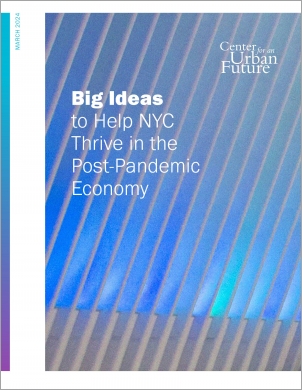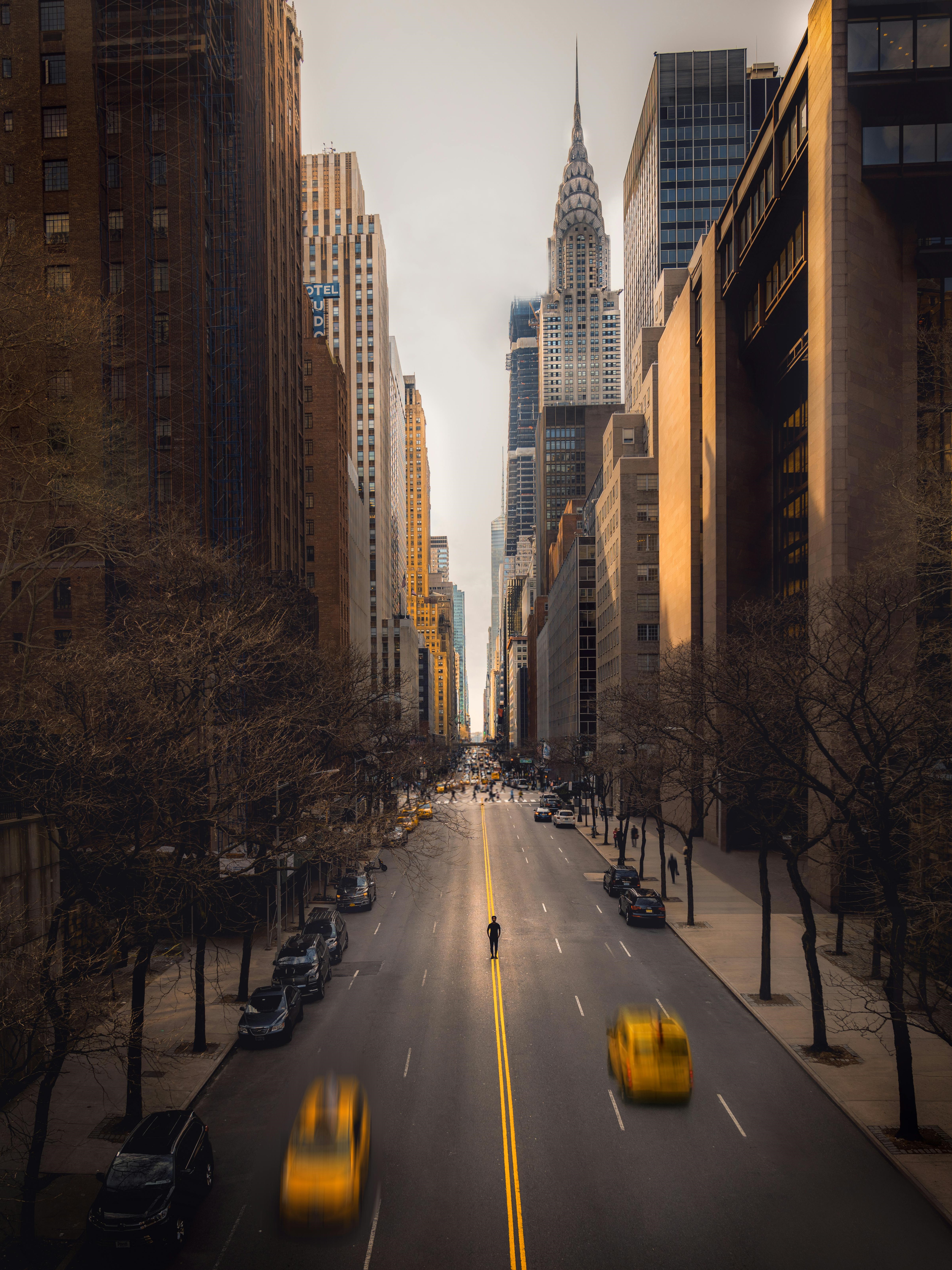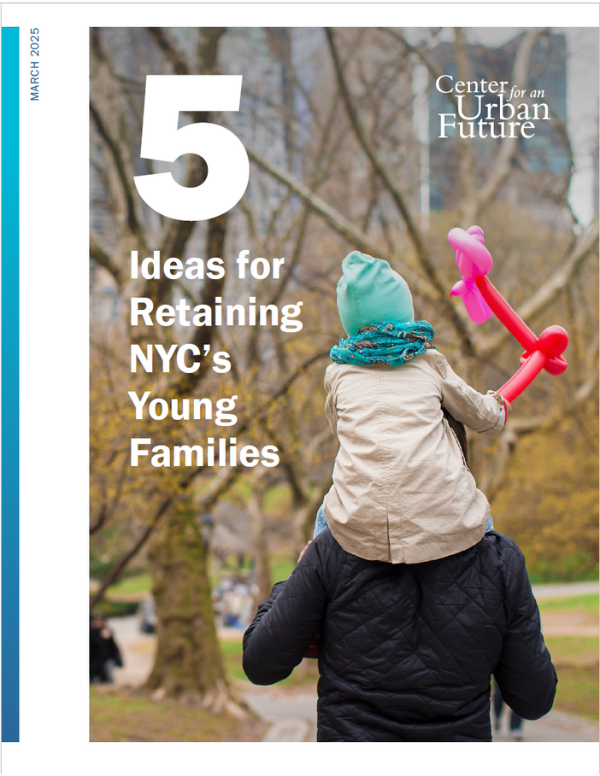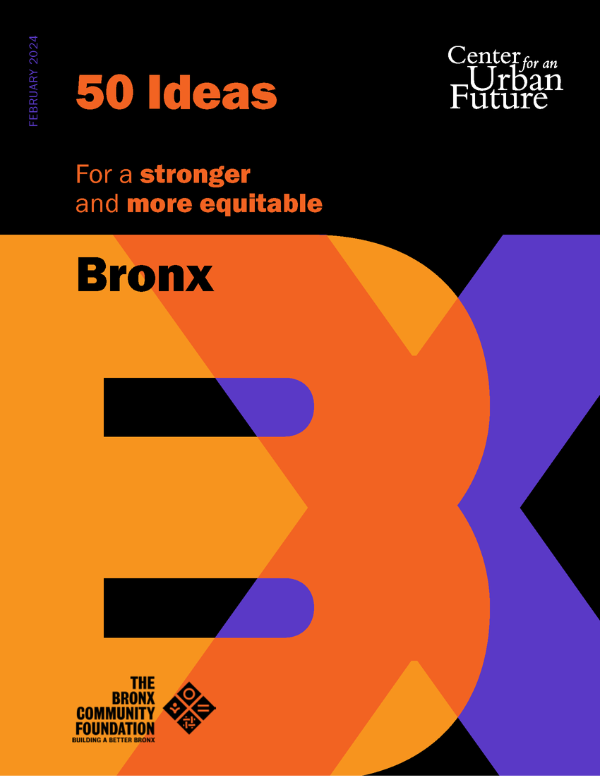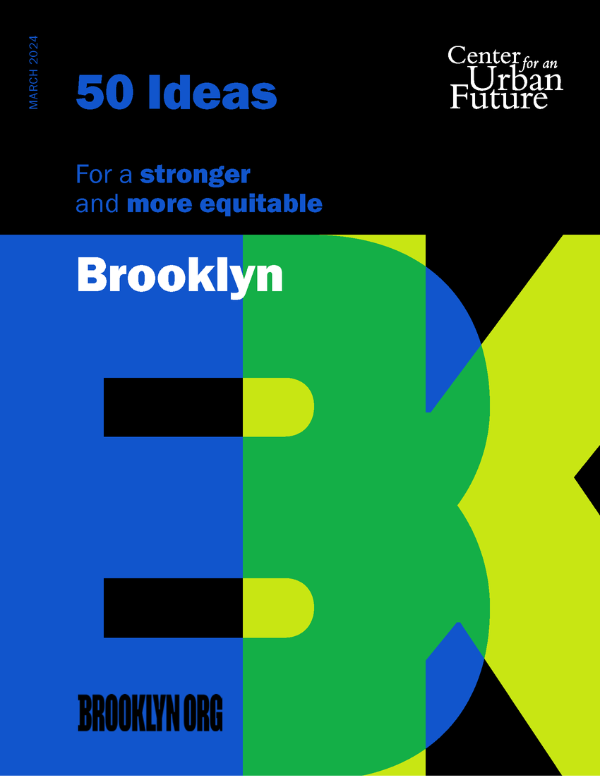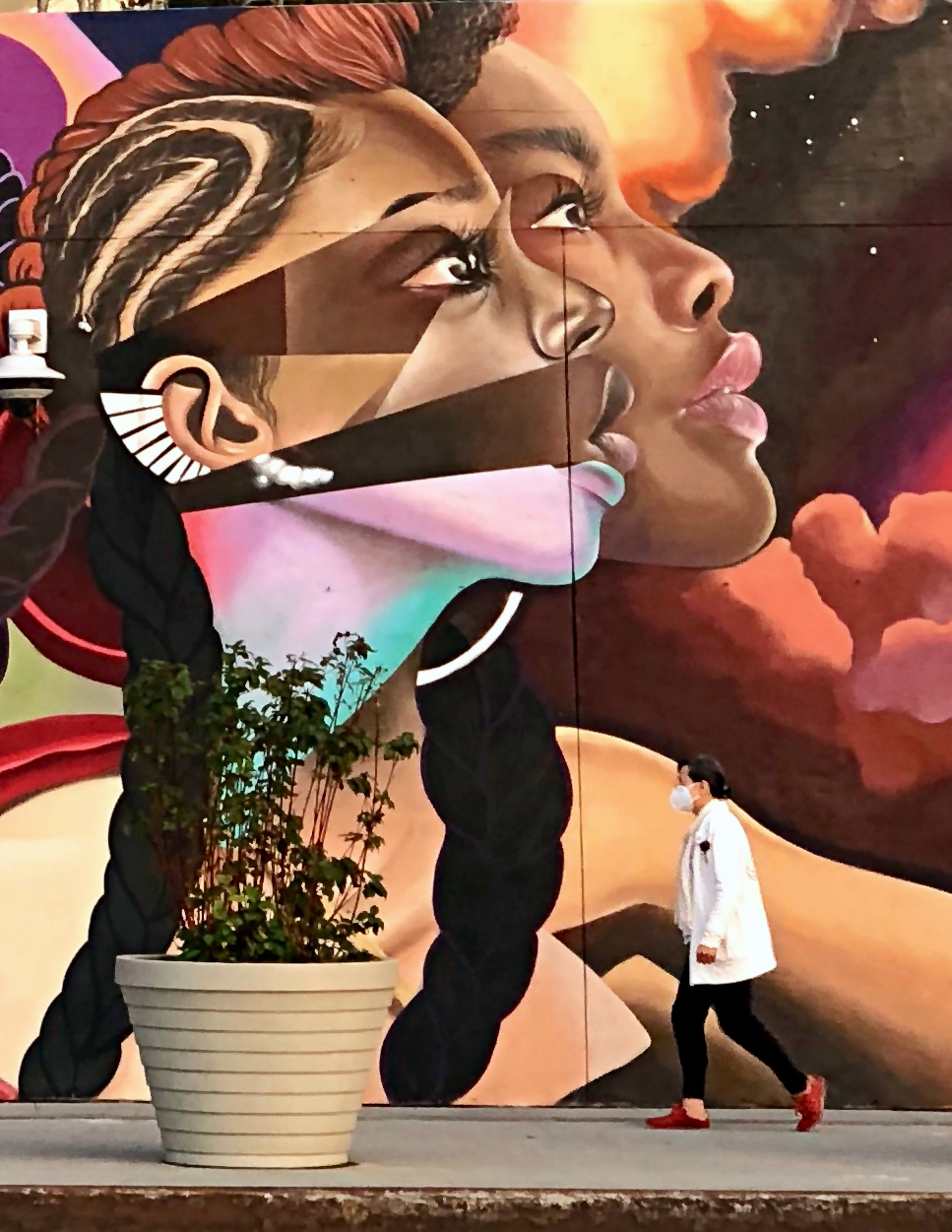New York City has bounced back from the depths of the COVID-19 pandemic, once again demonstrating the city’s remarkable resilience in the face of crisis. New York has now regained all 946,000 private sector jobs lost during the pandemic, demand for housing in the city is as strong as ever, tourism is nearly back to 2019 levels, and the city has experienced an entrepreneurial boom. But as much as New York has overcome the immediate economic tests of the pandemic and emphatically repelled the threat of a “doom loop” scenario, it still has work to do to keep pace with a vastly changed post-pandemic landscape and reimagine key facets of the city’s economy at a time when hybrid work, e-commerce, climate change, an affordability crisis, and several other ongoing issues threaten to create long-term economic vulnerabilities.
For example, the new reality of hybrid work—as of February 2024, the number of employees working in city offices was still just 52.1 percent of the pre-pandemic level—will require bold and creative policies to re-imagine some of the city’s business districts and bring in entirely new uses, spaces, and amenities that draw people to these areas for reasons other than to work or shop. At the same time, the city’s affordability crisis, spiking at a time when remote work has made employees more mobile than ever, has the potential to jeopardize the key to the city’s economic success during the past two-plus decades: its ability to attract and retain highly educated, creative, and entrepreneurial people.
Another important foundation of the city’s long-term vibrancy and magnetism for talent—its cultural sector—has struggled to regain its former strength. Broadway attendance thus far this season is 16 percent below where it was at the same point in 2020, several arts and nightlife venues have shut down, and numerous working artists have left for more affordable locations. Restoring the city’s creative edge will undoubtedly be important to New York’s economic future.
Finally, while jobs are up citywide, several key economic sectors are still lagging well behind—the city has only recovered 57.1 percent of the retail jobs lost during the pandemic, and other fields from the arts to manufacturing are also still considerably below pre-pandemic jobs totals. As a result, city economic development officials will need to cultivate new engines of inclusive job growth and fully harness the city’s vast potential in emerging industries like artificial intelligence.
Fortunately, this moment offers a once-in-a-generation chance to get ahead of these and other challenges, take advantage of new opportunities—including tapping the city’s considerable potential to be one of the globe’s most important hubs, and job centers, for the high-growth artificial intelligence (AI) field—and reshape New York City’s economy for the post-pandemic world.
Meeting this moment will require a seismic shift in how city officials approach economic development, a willingness to reimagine key facets of the city’s economy and infrastructure while implementing innovative new strategies and policies, and a bold new effort to play offense—aggressively attracting new companies, entrepreneurs, and workers from across the country and around the globe. City leaders have taken some important steps down this path, most importantly with the release of the “New” New York Action Plan, which featured 40 proposals for making New York City the best place to work. But what’s needed most of all are innovative but extremely actionable ideas that can be launched in the next one-to-three years.
This report offers five such actionable ideas—concrete proposals that city policymakers can implement in short order to address emerging challenges and seize new opportunities to make New York even stronger, more vibrant, and more equitable. The report, which was researched and written by the Center for an Urban Future (CUF) and published with support from Fisher Brothers Foundation and Winston C. Fisher, was informed by more than 30 interviews with a diverse mix of leaders across the city and by a robust discussion at a policy forum we convened in November 2023.
In the year ahead, we will publish two more reports featuring ten additional high-impact policy ideas for helping New York City thrive in the post pandemic economy.
The first set of five ideas include:
- Create a new top-flight undergraduate university in New York
- Convene a high-profile, multisector AI Week to help New York capture a large and growing share of the nation’s fast-growing AI industry
- Launch New York City’s first annual five-borough cultural festival
- Create a major new public art installation on the scale of “The Gates” and expand public art programs citywide
- Help NYC capture more of the immersive entertainment uses growing globally by eliminating restrictive zoning

